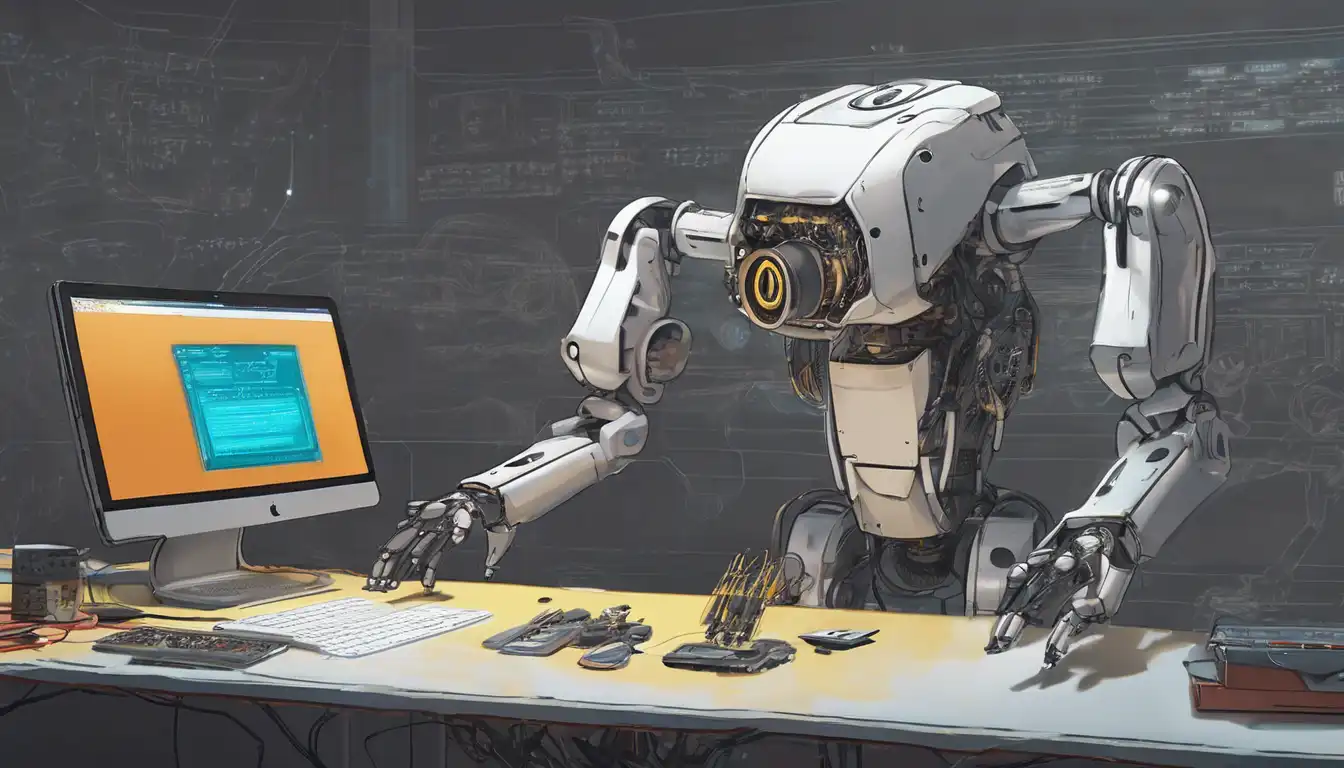Introduction to Robotics Programming
Robotics programming is an exciting field that combines the creativity of design with the precision of programming. Whether you're a hobbyist looking to build your first robot or a professional aiming to automate tasks, understanding the basics of robotics programming is essential. This guide will walk you through the foundational steps to get started in this dynamic field.
Understanding the Basics
Before diving into robotics programming, it's important to grasp the basic concepts. Robotics involves the design, construction, operation, and use of robots. Programming these robots allows them to perform tasks autonomously or semi-autonomously. Key areas to focus on include mechanics, electronics, and software development.
Choosing the Right Tools and Languages
Selecting the appropriate programming language is crucial for robotics. Popular choices include Python, due to its simplicity and vast libraries, and C++, known for its performance in real-time systems. Additionally, platforms like Arduino and Raspberry Pi offer great starting points for beginners.
- Python: Ideal for beginners and projects requiring rapid development.
- C++: Best for performance-critical applications.
- Arduino: A microcontroller platform perfect for simple robotics projects.
- Raspberry Pi: A mini-computer that can run a full operating system, suitable for more complex projects.
Setting Up Your Development Environment
Once you've chosen your tools, setting up a development environment is the next step. This involves installing the necessary software, such as IDEs (Integrated Development Environments) and libraries specific to robotics programming. For Arduino, the Arduino IDE is a must-have, while Raspberry Pi projects might require Thonny or Mu.
Your First Robotics Project
Starting with a simple project, such as a line-following robot or a basic arm, can help solidify your understanding. These projects introduce fundamental concepts like sensor input, motor control, and decision-making algorithms. Resources and tutorials are widely available online to guide you through your first project.
Advancing Your Skills
As you become more comfortable with the basics, exploring advanced topics like machine learning in robotics or integrating IoT (Internet of Things) can open new possibilities. Participating in forums and communities can also provide valuable insights and support from fellow enthusiasts and professionals.
Conclusion
Robotics programming is a rewarding field that offers endless opportunities for innovation and problem-solving. By starting with the basics, choosing the right tools, and progressively tackling more complex projects, you can build a strong foundation in robotics programming. Remember, the journey of a thousand miles begins with a single step.
For more insights into robotics and programming, check out our robotics section and programming resources.
